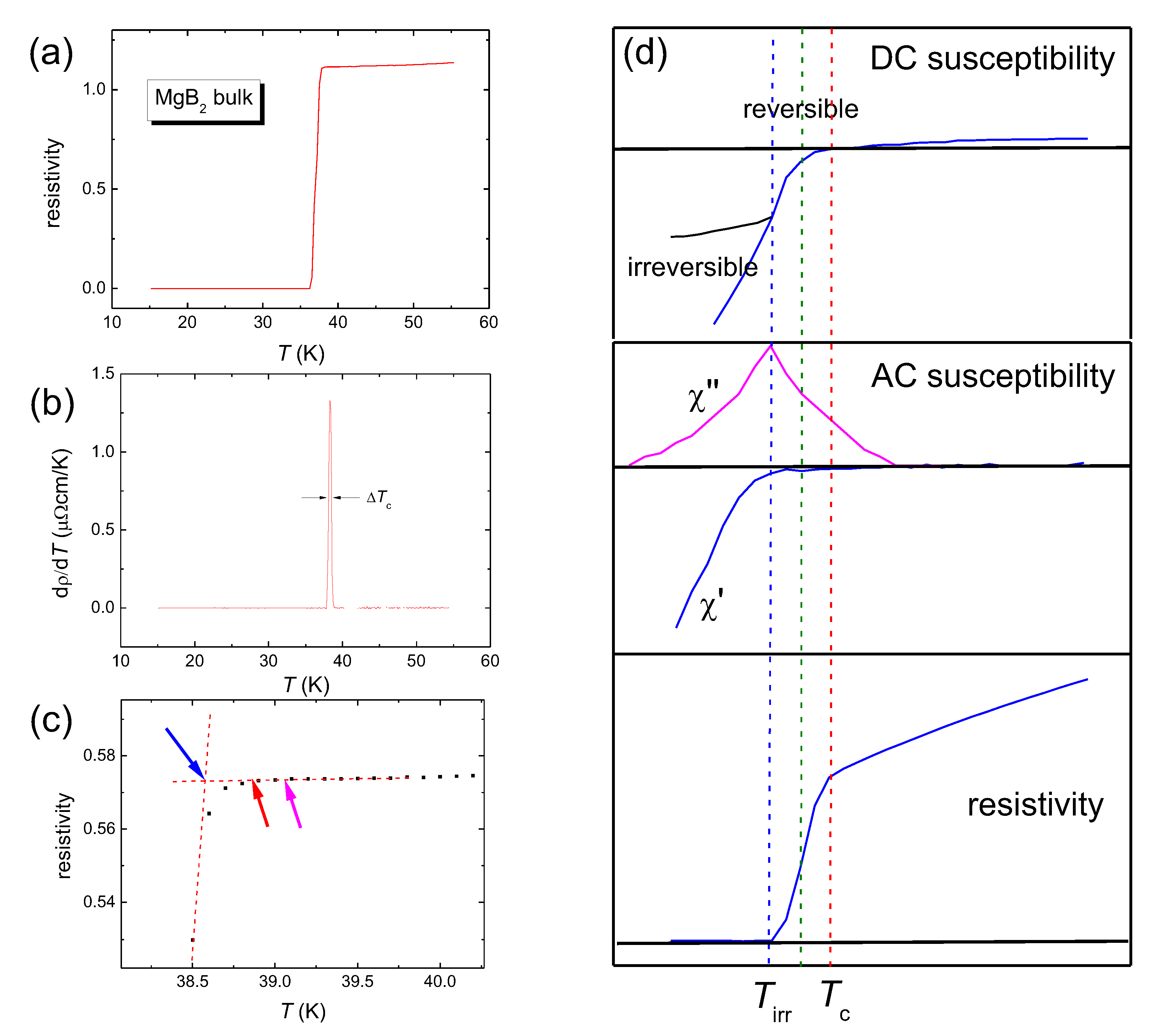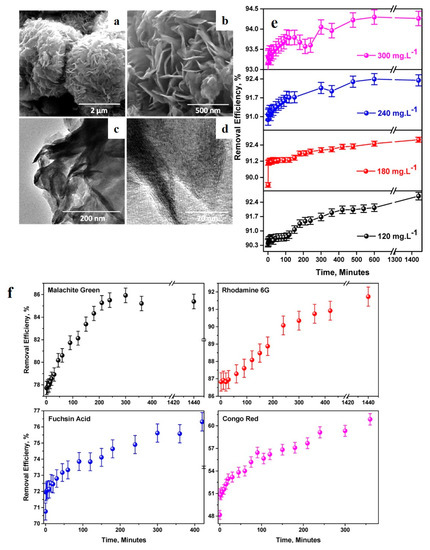Unit V : Superconductors And Nanomaterialsapplied Physics
IntroductionContents
Contents
- Unit V : Superconductors And Nanomaterialsapplied Physics Equation
- Unit V : Superconductors And Nanomaterialsapplied Physics Mcq
- Unit V : Superconductors And Nanomaterialsapplied Physics 14th Edition
Unit v advanced engineering materials 9 Metallic glasses: preparation, properties and applications. Shape memory alloys (SMA): Characteristics, properties of NiTi alloy, application, Nanomaterials– Preparation -pulsed laser deposition – chemical vapour deposition – Applications – NLO materials –Birefringence- optical Kerr effect. Superfluid Density in Conventional Superconductors: From Clean to Strongly Disordered Surajit Dutta, Pratap Raychaudhuri, Sudhansu S. Ramakrishnan Submitted on 2021-01-17. Subjects: Superconductivity, Materials Science, Strongly Correlated Electrons.
Course Name: PHY-102 Engineering Physics - IIL(Lecture) T(Tutorial) P(Practical) C(Credits): 3 0 2 4
 Course Prerequisite: Physics at +2 or equivalent level
Course Prerequisite: Physics at +2 or equivalent levelCourse Objectives
Theobjectives of this course are to make the students to:
- Study concepts of quantum mechanics, Solid state physics and nanotechnology
- Understand the properties of materials and their dependence of various physical parameters.
- Solve numericals for various physical problems involving these topics.
Learning Outcomes
At the endof the course, students shall be able to:
- Understand the various concepts involved in the atomic and sub-atomiclevel
- Identify appropriate materials required for various Engineeringapplications.
- Solvedifferent numeric problems related to quantum mechanics, solid state physics and nanotechnology.
Unit-I: Quantum Mechanics
DualNature of Electro-magnetic radiation, de-Broglie waves, Devisson & GermerExperiment(Experimental verification of de-Broglie waves), HeisenbergUncertainty Principle and its Applications, Wave function, Schrodinger’s waveequations, Particle in a Box, Raman Effect (Basic Idea), SpectroscopicApplications of Quantum Mechanics : AFM and STM.Unit-II: Free electron thoery
Classicalfree electron theory and its limitations, Deduction of Ohm’s law, Statement of Weidemann-Franzlaw, Quantum theory of free electrons, Fermi level, Density of states,Fermi-Dirac distribution, Thermionic emission, Richardson equation, Problems.Unit-III: Band Theory of Solids
Inter-atomic forces and Binding Energy in solids, Origin of Energy-bands: Kronig-Penney model (basic idea), E-K diagram, concept of effective mass and holes, Classification of solids, Fermi level and carrier concentration in intrinsic and extrinsic semiconductors, Hall effect and its applications. Problems.Unit-IV: Magnetic and Super-conducting materials
Magnetic parameters and their relations, Origin of magnetization, Orbital and spin magnetic moment, Bohr magneton, Classification and properties of magnetic materials, Statement of Curie-Weiss law, Domain theory of ferromagnetism, Hysteresis curve: soft and hard magnetic materials, Application: hard Disk; Superconductors: type, properties, Meissner effect, Basic idea of BCS theory, applications of superconductors.Unit-V: Dielectric materials
 Polarization,dielectric constant and dielectric susceptibility of dielectric materials,Polarization mechanism: Ionic, Electronic and orientation, Local electric fieldinside dielectrics, Clausius-Mossotti relation, Temperature and frequencydependence of dielectric constant, Dielectric losses, Dielectric breakdown:types; Dielectric material as electrical insulators : examples, Problems.
Polarization,dielectric constant and dielectric susceptibility of dielectric materials,Polarization mechanism: Ionic, Electronic and orientation, Local electric fieldinside dielectrics, Clausius-Mossotti relation, Temperature and frequencydependence of dielectric constant, Dielectric losses, Dielectric breakdown:types; Dielectric material as electrical insulators : examples, Problems.Unit-VI: Nanotechnology
Introduction,Quantum Structures: Quantum well, quantum wire, quantum dot, Nanoscale Materials,Fabrication of nanomaterials (basic idea), Carbon Nanotubes, Applications of nanotechnology:Aerospace components, sensors, medicine.
Text Books
- C.M.Srivastava and Srinivasan, “Science of Engineering Materials”, Tata McGraw HillPublications, 2003.
- B. K. Pandey and S. Chaturvedi,Engineering Physics, Cengage Learning, 2012.
Reference Books
- David J. Griffiths, Introduction to Quantum Mechanics, 2ndedition, Pearson Edu. South Asia, 2007.
- S. O.Pillai, Solid State Physics, revised sixth edition, New Age International (P)Ltd, 2007.
- S.O.Kasap, Principles of Electronic Materials and devices, Second edition, TataMcGraw – Hill Publishing Company Ltd., 2002.
- B.D.Cullity and C.D. Graham, Introduction to magnetic materials, Second Edition,2011 ISBN: 978-1-118-21149-6.
- Raghavan V, Materials Science andEngineering, Prentice – Hall of India, New Delhi, 1998.
- CharlesP. Poole, Jr. and Frank J. Owens , Introduction to Nanotechnology, John Wiley& Sons, 2003.
Mode of Evaluation
Quizzes, Assignments, Seminar/Presentation, WrittenExaminationsExamination Scheme
| Components | MSE I | MSE II | Quiz/Assignments/Seminars etc | ESE |
| Weightage (%) | 10 | 10 | 20 | 60 |
Unit V : Superconductors And Nanomaterialsapplied Physics Equation
MSE I –First Mid Semester Examination
MSE II –Second Mid Semester Examination
ESE – EndSemester Examination
Unit V : Superconductors And Nanomaterialsapplied Physics Mcq
Engineering Physics Lab – II | ||
Version No. | 1.0 | |
Prerequisite | - | |
Objectives: | The objective of teaching Engineering Physics Lab to engineering students is to make the students aware about the practical science in physics | |
Expected Outcome: | At the end of the course, students will acquire the skill 1.To apply the principles of Physics and learn experimental techniques to measure various physical properties of solids. 2. To present the data and results in a precise and easily accessible manner. | |
Experiment No. | Name of the Experiment | |
| ||
Mode of Evaluation | Laboratory examinations, viva-voce | |
Unit V : Superconductors And Nanomaterialsapplied Physics 14th Edition
Anna University Regulation 2013 Information Technology (IT) PH6251 PHY2 old Question Papers for previous years are provided below. Download link for IT 2nd SEM PH6251 Engineering Physics 2 Previous Year Question Papers are listed down for students to make perfect utilization and score maximum marks with our study materials.
Anna University Regulation 2013 Information Technology (IT) 2nd SEM PH6251 PHY2 -Engineering Physics 2 Syllabus
PH6251 ENGINEERING PHYSICS – II L T P C 3 0 0 3
OBJECTIVES:
To enrich the understanding of various types of materials and their applications in engineering and technology.
UNIT I CONDUCTING MATERIALS 9
Conductors – classical free electron theory of metals – Electrical and thermal conductivity – Wiedemann – Franz law – Lorentz number – Draw backs of classical theory – Quantum theory – Fermi distribution function – Effect of temperature on Fermi Function – Density of energy states – carrier concentration in metals.
UNIT II SEMICONDUCTING MATERIALS 9
Intrinsic semiconductor – carrier concentration derivation – Fermi level – Variation of Fermi level with temperature – electrical conductivity – band gap determination – compound semiconductors -direct and indirect band gap- derivation of carrier concentration in n-type and p-type semiconductor – variation of Fermi level with temperature and impurity concentration –– Hall effect –Determination of Hall coefficient – Applications.
UNIT III MAGNETIC AND SUPERCONDUCTING MATERIALS 9
Origin of magnetic moment – Bohr magneton – comparison of Dia, Para and Ferro magnetism – Domain theory – Hysteresis – soft and hard magnetic materials – antiferromagnetic materials – Ferrites and its applications Superconductivity : properties – Type I and Type II superconductors – BCS theory of superconductivity(Qualitative) – High Tc superconductors – Applications of superconductors – SQUID, cryotron, magnetic levitation.
UNIT IV DIELECTRIC MATERIALS 9
Electrical susceptibility – dielectric constant – electronic, ionic, orientational and space charge polarization – frequency and temperature dependence of polarisation – internal field – Claussius – Mosotti relation (derivation) – dielectric loss – dielectric breakdown – uses of dielectric materials (capacitor and transformer) – ferroelectricity and applications.
UNIT V ADVANCED ENGINEERING MATERIALS 9
Metallic glasses: preparation, properties and applications. Shape memory alloys (SMA): Characteristics, properties of NiTi alloy, application, Nanomaterials– Preparation -pulsed laser deposition – chemical vapour deposition – Applications – NLO materials –Birefringence- optical Kerr effect – Classification of Biomaterials and its applications
TOTAL: 45 PERIODS
OUTCOMES:
The students will have the knowledge on physics of materials and that knowledge will be used by them in different engineering and technology applications
TEXT BOOKS:
1. Arumugam M., Materials Science. Anuradha publishers, 2010
2. Pillai S.O., Solid State Physics. New Age International(P) Ltd., publishers, 2009
REFERENCES:
1. Palanisamy P.K. Materials Science. SCITECH Publishers, 2011.
2. Senthilkumar G. Engineering Physics II. VRB Publishers, 2011.
3. Mani P. Engineering Physics II. Dhanam Publications, 2011.
4. Marikani A. Engineering Physics. PHI Learning Pvt., India, 2009
PH6251 PHY2 Question Papers– Download Here
If you require any other notes/study materials, you can comment in the below section.
Related Links
For PH6251 PHY2 Question Bank/2marks 16marks with answers – Click here
For PH6251 PHY2 Important Questions/Answer Key – Click here
For PH6251 PHY2 Lecture Notes – Click here
Search Terms
Anna University 2nd SEM IT PHY2 Question Papers with answers
PH6251 Engineering Physics 2 previous year question papers free download
Anna University IT PHY2 old question papers Regulation 2013
PH6251 Question Papers with answers, PHY2 previous year question bank – IT 2nd Semester
